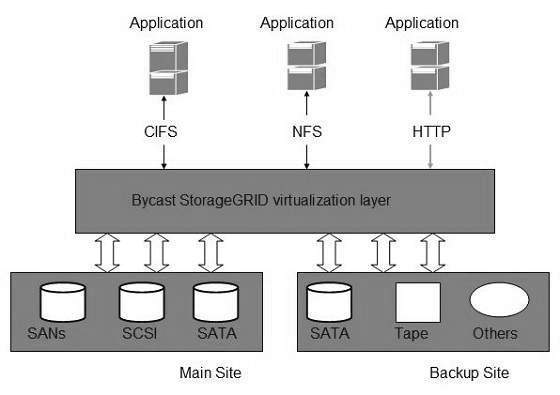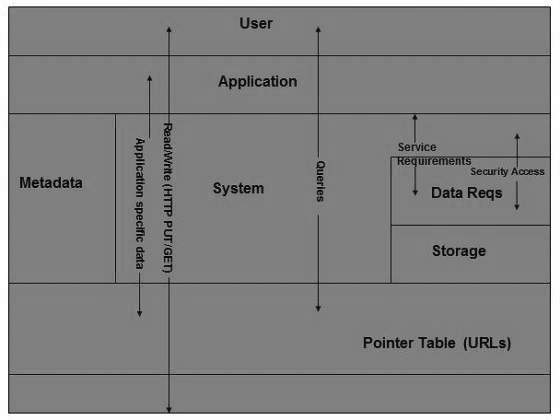Cloud Storage is a service that allows to save data on offsite storage system managed by third-party and is made accessible by a web services API.
Storage Devices
Storage devices can be broadly classified into two categories: Block Storage Devices & File Storage Devices
- Block Storage Devices : The block storage devices offer raw storage to the clients. These raw storage are partitioned to create volumes.
- File Storage Devices : The file Storage Devices offer storage to clients in the form of files, maintaining its own file system. This storage is in the form of Network Attached Storage (NAS).
Cloud Storage Classes
Cloud storage can be broadly classified into two categories: Unmanaged Cloud Storage & Managed Cloud Storage
- Unmanaged Cloud Storage : Unmanaged cloud storage means the storage is preconfigured for the customer. The customer can neither format, nor install his own file system or change drive properties.
- Managed Cloud Storage : Managed cloud storage offers online storage space on-demand. The managed cloud storage system appears to the user to be a raw disk that the user can partition and format.
Creating Cloud Storage System
The cloud storage system stores multiple copies of data on multiple servers, at multiple locations. If one system fails, then it is required only to change the pointer to the location, where the object is stored.
To aggregate the storage assets into cloud storage systems, the cloud provider can use storage virtualization software known as Storage GRID. It creates a virtualization layer that fetches storage from different storage devices into a single management system. It can also manage data from CIFS and NFS file systems over the Internet.

Virtual Storage Containers
The virtual storage containers offer high performance cloud storage systems. Logical Unit Number (LUN) of device, files and other objects are created in virtual storage containers.

Challenges
Storing the data in cloud is not that simple task. Apart from its flexibility and convenience, it also has several challenges faced by the customers. The customers must be able to:
- Get provision for additional storage on-demand.
- Know and restrict the physical location of the stored data.
- Verify how data was erased.
- Have access to a documented process for disposing of data storage hardware.
- Have administrator access control over data.





